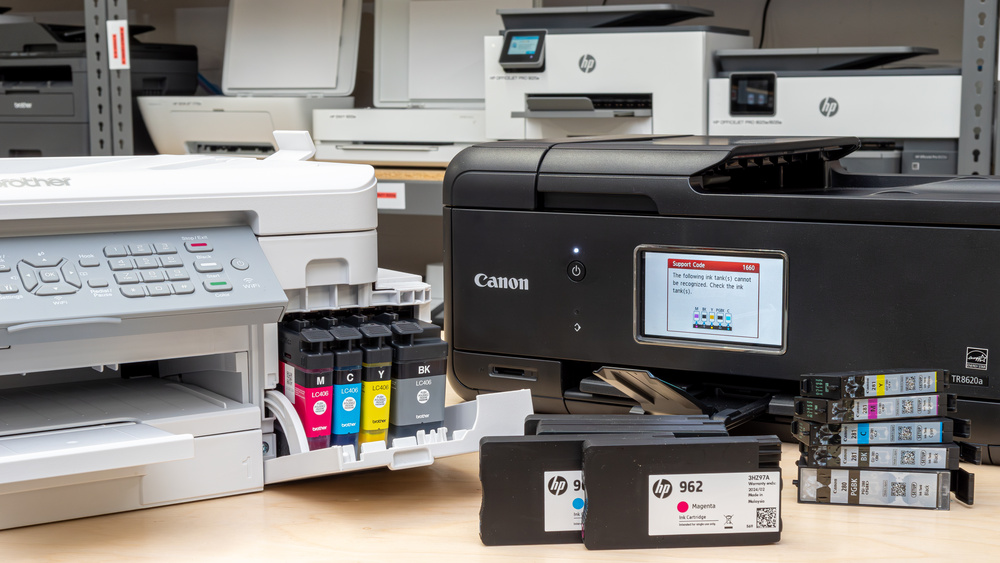Inkjet printers have become an indispensable part of both personal and professional environments, revolutionizing the way we approach printing. From their humble beginnings to the advanced models we use today, hand held printers have continually evolved, offering enhanced capabilities and superior print quality.
The Genesis of Inkjet Technology
The development of inkjet printers began in the late 1950s and early 1960s, with significant advancements made in the 1970s and 1980s. Early models were primarily used for industrial purposes, but as the technology improved, inkjet printers became more accessible to the general public. By the late 1980s, companies like Hewlett-Packard (HP), Canon, and Epson introduced affordable inkjet printers for home and office use. These early printers set the foundation for the sophisticated devices we use today.
How Inkjet Printers Work
Inkjet printers operate by propelling droplets of ink onto paper to create an image or text. The primary components of an inkjet printer include the print head, ink cartridges, paper feed mechanism, and control circuitry. The print head, which contains numerous tiny nozzles, is a crucial component. It moves back and forth across the paper, spraying microscopic ink droplets with precision.
There are two main types of inkjet printing technologies: thermal and piezoelectric. Thermal inkjet printers use heat to create an ink bubble that forces ink out of the nozzle, while piezoelectric printers use electric charges to change the shape of a crystal, thereby ejecting ink. Both technologies have their advantages and are used in various printer models.
Advantages of Inkjet Printers
- High-Quality Prints: One of the most significant advantages of inkjet printers is their ability to produce high-quality prints with excellent color accuracy and detail. This makes them ideal for printing photographs, graphics, and detailed documents.
- Versatility: Inkjet printers can print on a wide range of media, including plain paper, photo paper, canvas, and even fabric. This versatility makes them suitable for various applications, from office documents to creative projects.
- Cost-Effective: Inkjet printers are generally more affordable upfront compared to laser printers. Additionally, the cost of consumables like ink cartridges and specialty papers has decreased over time, making them cost-effective for both home and small business use.
- Compact Design: Modern inkjet printers are designed to be compact and lightweight, making them easy to fit into any workspace. Their portability also makes them a convenient option for users with limited space.
- Ease of Use: Inkjet printers are user-friendly, with straightforward setup processes and intuitive controls. Many models also offer wireless connectivity, allowing users to print directly from their smartphones, tablets, or laptops.
Innovations and Future Trends
The future of inkjet printing looks promising, with continuous innovations aimed at improving efficiency, print quality, and environmental impact. Some of the recent advancements include:
- High-Density Print Heads: Newer models feature high-density print heads that can produce even finer details and faster print speeds.
- Eco-Friendly Inks: Manufacturers are developing eco-friendly ink formulations that reduce environmental impact without compromising print quality.
- 3D Printing: The principles of inkjet printing are being adapted for use in 3D printing, enabling the creation of three-dimensional objects with precision and detail.
- Smart Connectivity: The integration of smart technology in inkjet printers allows for seamless connectivity with cloud services and smart home devices, enhancing user convenience and productivity.
Conclusion
Inkjet printers have come a long way since their inception, evolving into versatile, high-quality, and user-friendly devices. Their ability to produce stunning prints on various media, coupled with continuous technological advancements, ensures that inkjet printers will remain a vital tool in both personal and professional settings for years to come.
